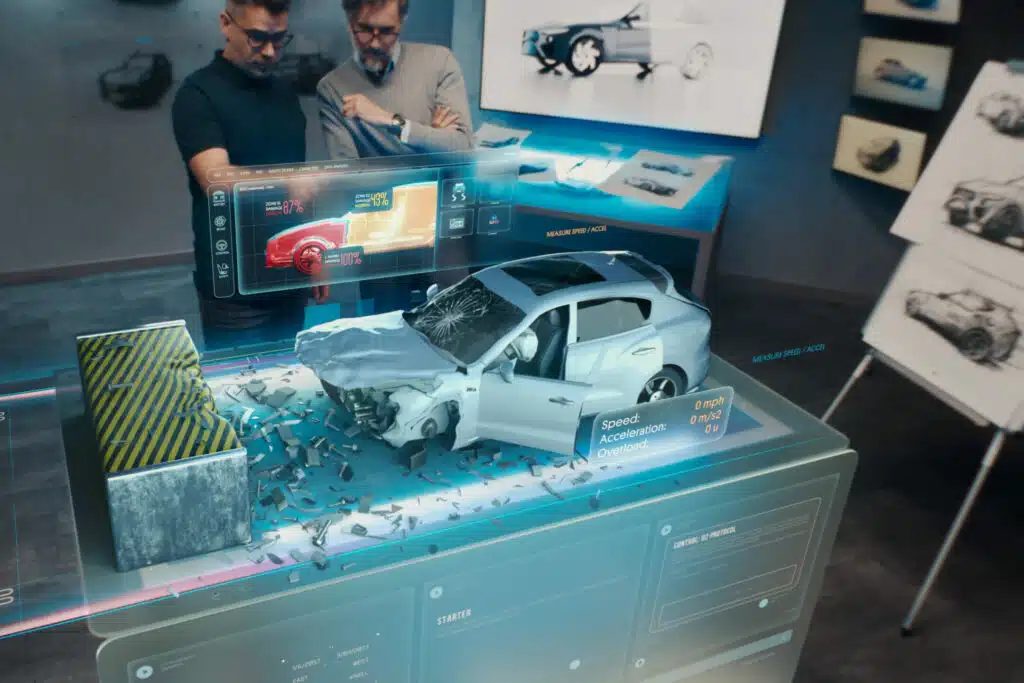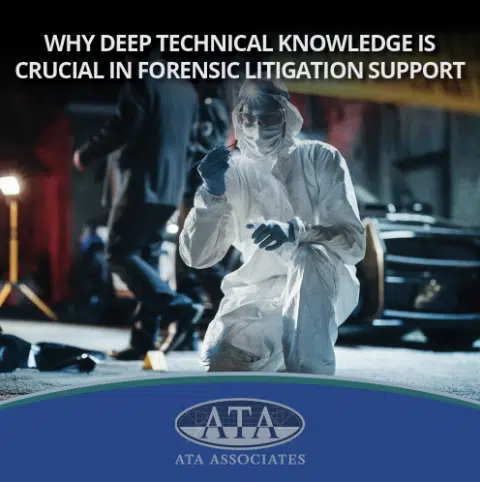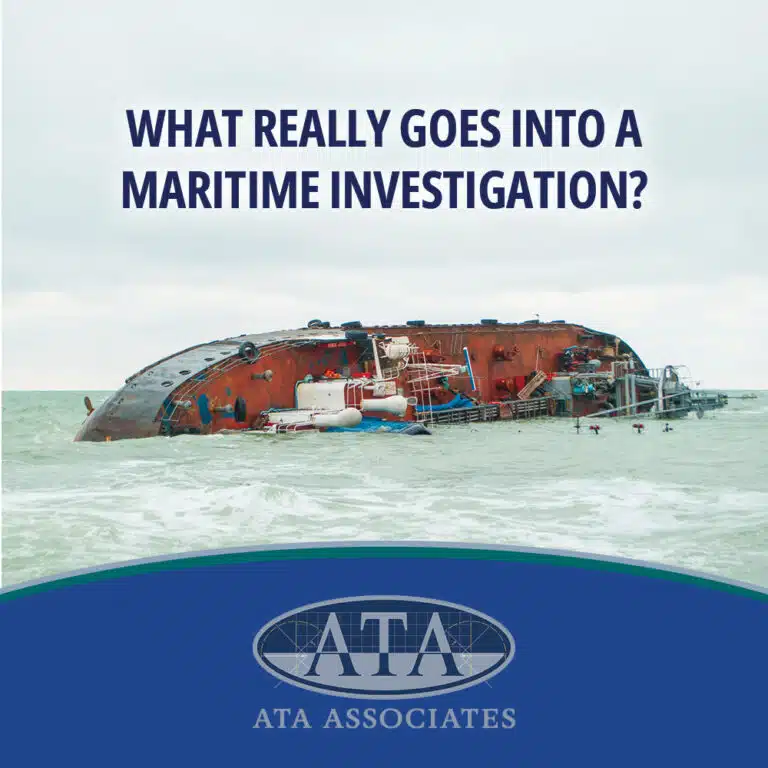Accident reconstruction is more than observation and testimony—it’s a scientific process rooted in physics. At ATA Associates, we use advanced analytical methods to determine what happened before, during, and after an accident. By applying physics-based principles, we help attorneys, insurers, and corporations gain accurate, evidence-based insights into even the most complex cases.
Here’s how physics plays a vital role in uncovering the truth.
1. The Basic Physics of Accident Reconstruction
Accident reconstruction begins with the fundamentals of Newtonian physics—specifically Newton’s Laws of Motion. These laws govern how objects move and react when subjected to force, making them central to understanding the behavior of vehicles before and during collisions.
Key concepts include:
- Velocity and acceleration
- Force and momentum
- Friction and resistance
By applying these principles, experts can quantify vehicle movement, driver behavior, and external forces leading up to the accident.
2. Speed and Trajectory Analysis
One of the first questions in any vehicle accident investigation is: How fast was the vehicle going? Using physical evidence such as skid marks, debris fields, and vehicle resting positions, analysts calculate the pre-impact speed of each vehicle.
Trajectory analysis also helps determine:
- Point of impact
- Direction of travel
- Post-collision motion
This data is especially useful in cases involving multiple vehicles, rollovers, or pedestrians.
3. Energy Transfer and Damage Assessment
When two vehicles collide, kinetic energy is transferred—often resulting in vehicle deformation, passenger injury, or both. The physics of energy transfer helps forensic engineers assess:
- The amount of force involved
- How much energy was absorbed by each vehicle
- Why certain types of damage occurred
This approach provides objective insights into the severity of the crash, which can be used to support or refute injury claims.
4. Skid Marks, Crush Zones, and Physical Evidence
Skid marks and vehicle damage offer a roadmap to reconstruct the accident timeline. Through formulas like the Drag Factor Equation, experts determine braking force and stopping distance. Crush analysis, which examines how much a vehicle’s frame has been distorted, can also indicate:
- Speed at the time of impact
- Direction of the force
- Whether evasive maneuvers occurred
Each dent, fold, or mark tells a story—and physics helps translate that story into measurable data.
5. Reconstructing the Accident with Computer Simulations
Once all physical data has been gathered, analysts use computer software to recreate the accident. These simulations combine:
- Physics models
- 3D vehicle dynamics
- Real-world measurements
High-resolution animations provide compelling visual representations of what likely occurred. These tools are especially effective in court, offering juries and stakeholders a clear and credible view of the incident from multiple angles.
Why Physics Matters in Legal Cases
Witness testimony alone can be unreliable, and visual evidence doesn’t always tell the full story. Physics-based accident reconstruction offers something more concrete: scientific objectivity. By grounding the investigation in laws of motion, energy, and material science, we provide trusted insights that stand up in court and help drive fair resolutions.
Partner with ATA Associates for Evidence-Based Reconstruction
At ATA Associates, our team of engineers, analysts, and forensic experts combines decades of hands-on experience with the latest in physics-based analysis. Whether you’re dealing with a transportation incident, industrial mishap, or product failure, we’re here to provide clarity when it matters most.
📩 Contact us today to learn how our accident reconstruction services can support your case.




